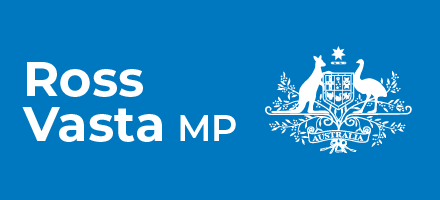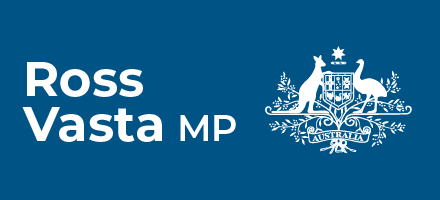COALITION TO DELIVER SHORTER WAIT TIMES AND LOWER EXPENSES FOR MRI PATIENTS
The Coalition has announced a total of 30 additional sites across Australia to receive Medicare subsidised MRIs.
This week the Government announced ten locations to receive Medicare subsidised MRIs from 1st November 2018, subject to the sites meeting the required approvals and administrative requirements.
A competitive public application process has been opened to determine the location for the other 20 Medicare eligible MRI licences. Member for Bonner Ross Vasta said MRIs are commonly used medical scans which give a
detailed view of the soft tissues of the body such as muscles, ligaments, brain tissue, discs and blood vessels.
“It is used by doctors to diagnose and monitor a number of different medical conditions including cancer and trauma or sporting injuries,” said Mr Vasta.
“I encourage prospective local facilities to apply for consideration for an MRI licence to access lifesaving scans for cancer, stroke, heart and other medical conditions.”
The total of 30 sites to receive Medicare subsidised MRIs will provide more than 400,000 Australians access to lifesaving scans with a total $175 million investment from the Morrison Government.
Minister for Health Greg Hunt said the Liberal National Government is helping Australians stay healthy and keeping the cost of healthcare down for families.
“The coalition will continue to deliver record funding for essential services such as Medicare, public hospitals and life-saving medicines,” Minister Hunt said.
The Morrison Government is committed to providing high quality health services when and where they are needed. “Not only will our new Medicare support ensure patients get better treatment and save money, it will also cut down the amount of time patients travel to get a scan.”
Medicare spending is guaranteed and increasing every year from approximately $24 billion in 2017-18 to $28.8 billion in 2021-22. The Liberal National Government has also announced an additional $2 billion investment in diagnostic imaging over the next decade.
We are retaining the bulk-billing incentive and indexing targeted diagnostic imaging services including mammography, fluoroscopy, CT scans and interventional procedures. By contrast, Labor has only committed $80 million and not made any commitment to the re-indexation of diagnostic imaging rebates.
To apply visit: http://www.health.gov.au/diagnosticimaging


